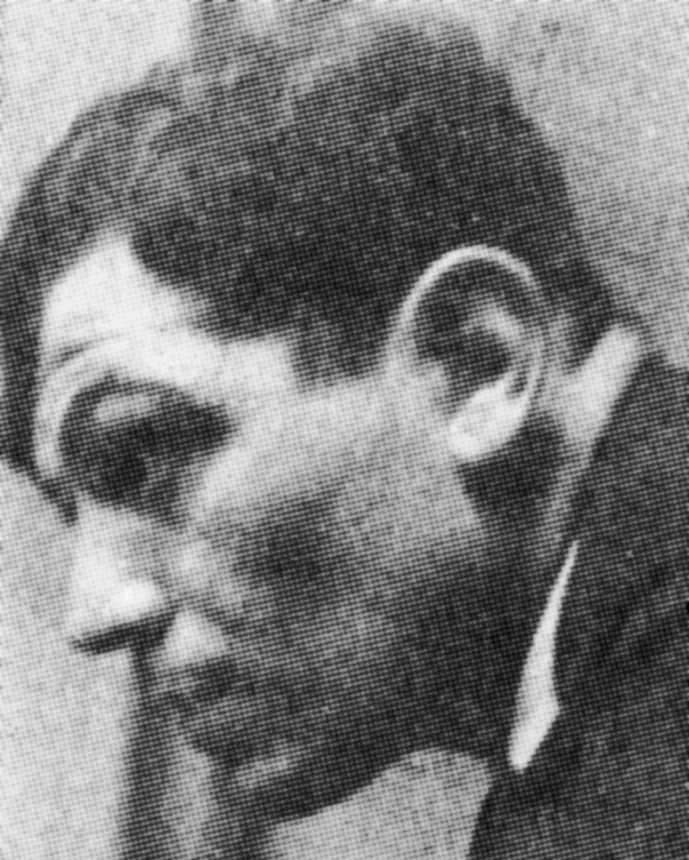Moise KOGAN
January 4, 2019Henryk KUNA
January 5, 2019Leopold KRETZ
LWOW (POLAND) 1907 – PARIS 1990
Leopold Kretz studied drawing at a private academy in Lwow. In 1926, he enrolled in the Academy of Fine Arts in Krakow, where he met the sculptor Xawery Dunikowski. He was awarded a scholarship and arrived in Paris in 1931. He studied in Landowski-Gaumont’s studio at the Ecole des Beaux-Arts and under Bourdelle at the Grande Chaumière. Kretz organized his first exhibitions at his studio in passage de l’Astrolabe, and then moved to impasse Ronsin where Brancusi was his neighbor. He made friends with the sculptors Maillol, Malfray, and Pimienta. From 1933, several solo exhibitions took place in Paris. His sculptures were exhibited at the Salon des Tuileries from 1937, at the Salon de Mai in 1945, and at the Salon de la Jeune Sculpture des Peintres Témoins de leur Temps.
During World War II, Leopold Kretz was an active member of the Resistance. He became a French citizen in 1948. After the war, he taught at the Académie de la Grande Chaumière until 1951, at the School of Fine Arts in Reims, and at the Ecole des Beaux Arts in Paris in 1975. Kretz was commissioned by the government to produce several monumental sculptures (in Marseille, Poitiers, Paris). He enjoyed a certain recognition before he died in Paris in 1990.
Stories of Jewish Artists of the School of Paris 1905-1939
FRENCH-ENGLISH
Capitale des arts, le Paris des années 1905-1939 attire les artistes du monde entier. De cette période de foisonnement, un terme est resté, celui d'Ecole de Paris, qui recouvre une grande diversité d'expression artistique. Dans ce brassage dont Montparnasse est le creuset, un groupe se distingue : celui des artistes juifs venus de Russie, de Pologne et d'Europe centrale. Si leurs styles sont variés, un destin commun les rassemble : ils fuient l'antisémitisme de leur pays d'origine. Certains ont connu la célébrité dès les années 1920, tels Soutine, Lipchitz ou Chagall. D'autres n'ont pas eu le temps ou la chance d'y accéder. Près de la moitié a péri dans les camps de concentration nazis.
From 1905 to 1939, Paris attracted artists from all over the globe as the capital of the art world. This period of artistic proliferation became known as the School of Paris, and includes a great diversity of artistic expression. Within the teeming art world centred on Montparnasse, one group set itself apart: Jewish artists from Russia, Poland, and Central Europe. Although their styles were diverse, they shared the common fate of fleeing anti-Semitic persecutions in their home countries. Some became famous in the 1920s, such as Soutine, Lipchitz, and Chagall, while others did not have the time or the luck to gain renown. Nearly half of these artists died in Nazi concentration camps.





